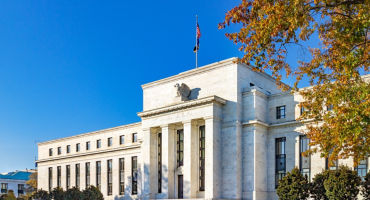- Investment Director
Skip to main content
- Funds
- Capabilities
- Sustainability
- Insights
- About Us
- My Account
Investment Solutions
Sustainable Investing
Stewardship Principles
Investment Solutions
Funds























